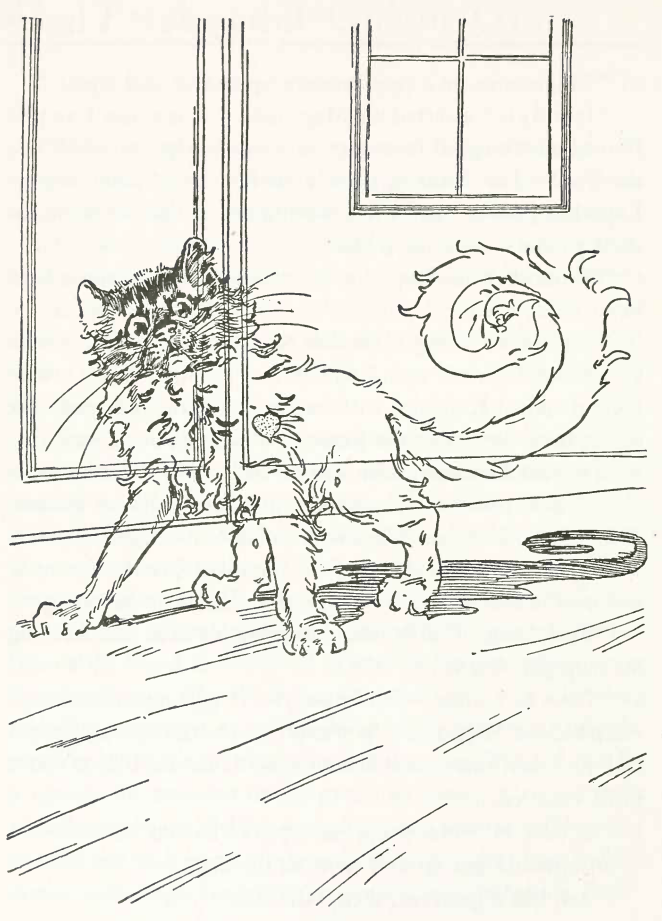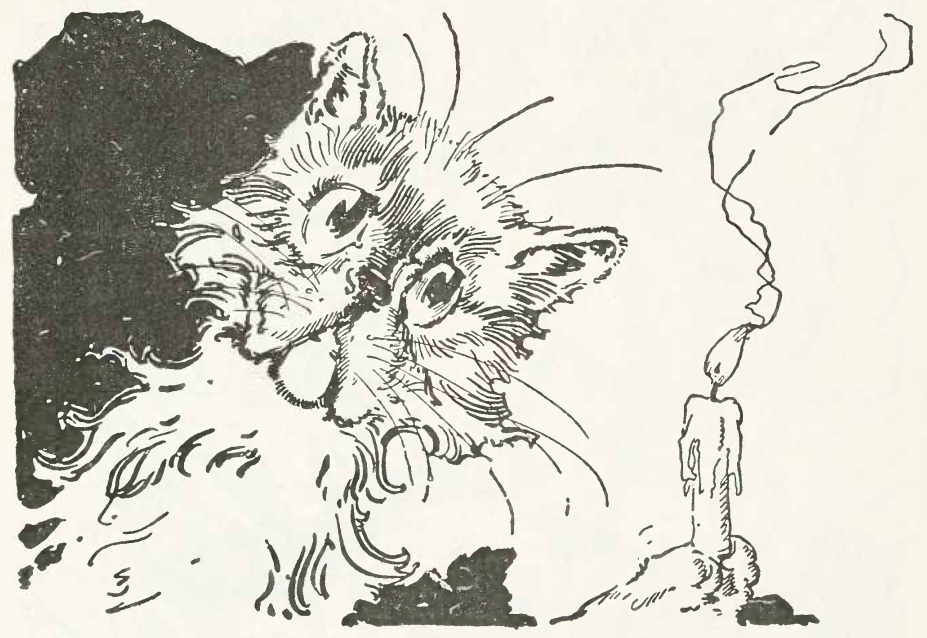Despite how she protects him, Ojo also remains really mean about Scraps to the end. When Dorothy, for instance, asks Scraps if she is “feeling a little queer,” Ojo answers for her: “Not queer, but crazy[. …] When she says those things [i.e. sings] I’m sure her brains get mixed somehow and work the wrong way” (157).
Baum is in a poetical mood. Scraps frequently recites songs or poems, including her first words upon seeing her reflection and understanding herself:
“Whee, but there’s a gaudy dame!
Makes a paint-box blush with shame.
Razzle-dazzle, fizzle-fazzle!
Howdy-do, Miss What’s-your-name?” (56)
I didn’t say it was inspired poetry. Scraps is in love with her colorful appearance. Most of the other characters dismiss her as ugly and crazy. The foolish owl puts it best in, ironically, a song:
“Patchwork Girl has come to life;
No one’s sweetheart, no one’s wife;
Lacking sense and loving fun,
She’ll be snubbed by everyone” (93).
Only when Dorothy, Ozma, and most especially the Scarecrow meet Scraps does she receive respect. The Scarecrow deems her the most beautiful sight his eyes have ever beheld, and Scraps shows the Scarecrow rare deference, attempting to be slightly more respectable even though first she has Ojo roll her on the ground to reach her full height (169). The Scarecrow and Scraps don’t become an item, though, at least not in this book. (After all, the Scarecrow is spoken for by his boyfriend, Nick Chopper.) Their faux courtship is probably meant as a joke, much like the physical abuse the Scarecrow faces throughout the novel. Scraps remains no one’s sweetheart, no one’s wife, and maybe she’s happier that way. I guess she is “feeling a little queer,” like Dorothy observed.

The Glass Cat, a foil and semi-sister to Scraps, also has strong characterization. Like Scraps, she rejects the name her oppressive parents gave her, “Bungle,” and refuses her intended role as a housecat, wanting instead to be an admired person. The Glass Cat is indolent, selfish, and vain, having no respect or patience for someone loud and strange like Scraps. The first words she tells Scraps are that the latter is horrid. The Glass Cat is visually her opposite: Scraps’s body is made from a durable rainbow patchwork quilt, whereas the Glass Cat is made of delicate glass and is transparent, colorless. “I am much more beautiful than the Patchwork Girl,” the Glass Cat gloats to the Scarecrow. “I’m transparent, and Scraps isn’t; I’ve pink brains—you can see ’em work; and I’ve a ruby heart, finely polished, while Scraps hasn’t any heart at all” (172).
The Glass Cat’s most defining source of vanity her is “pink brains” (you can see ’em work). These seem to be a small pocket of fluid of the kind inside Scraps rather than organic brains, and Neill draws them as little marbles. While Scraps is also highly proud of herself, she does not dismiss others as lessers, demonstrating a healthier self-attitude than the Glass Cat manages.
The Glass Cat is haunted by the Shaggy Man’s advice that, if she doesn’t want people to break her, she should “purr soft and look humble—if you can” (145). In other words, she is told she should accept the limiting role society tells she should. While the story implicitly rejects this moral for Scraps, also honoring her chosen identity by never calling her Angeline in the narration, Baum believes the Glass Cat should change her attitude and does sometimes call her Bungle. The ominous and rather sexist dismissal of her feelings leads to a distressing ending, which I’ll return to later.
